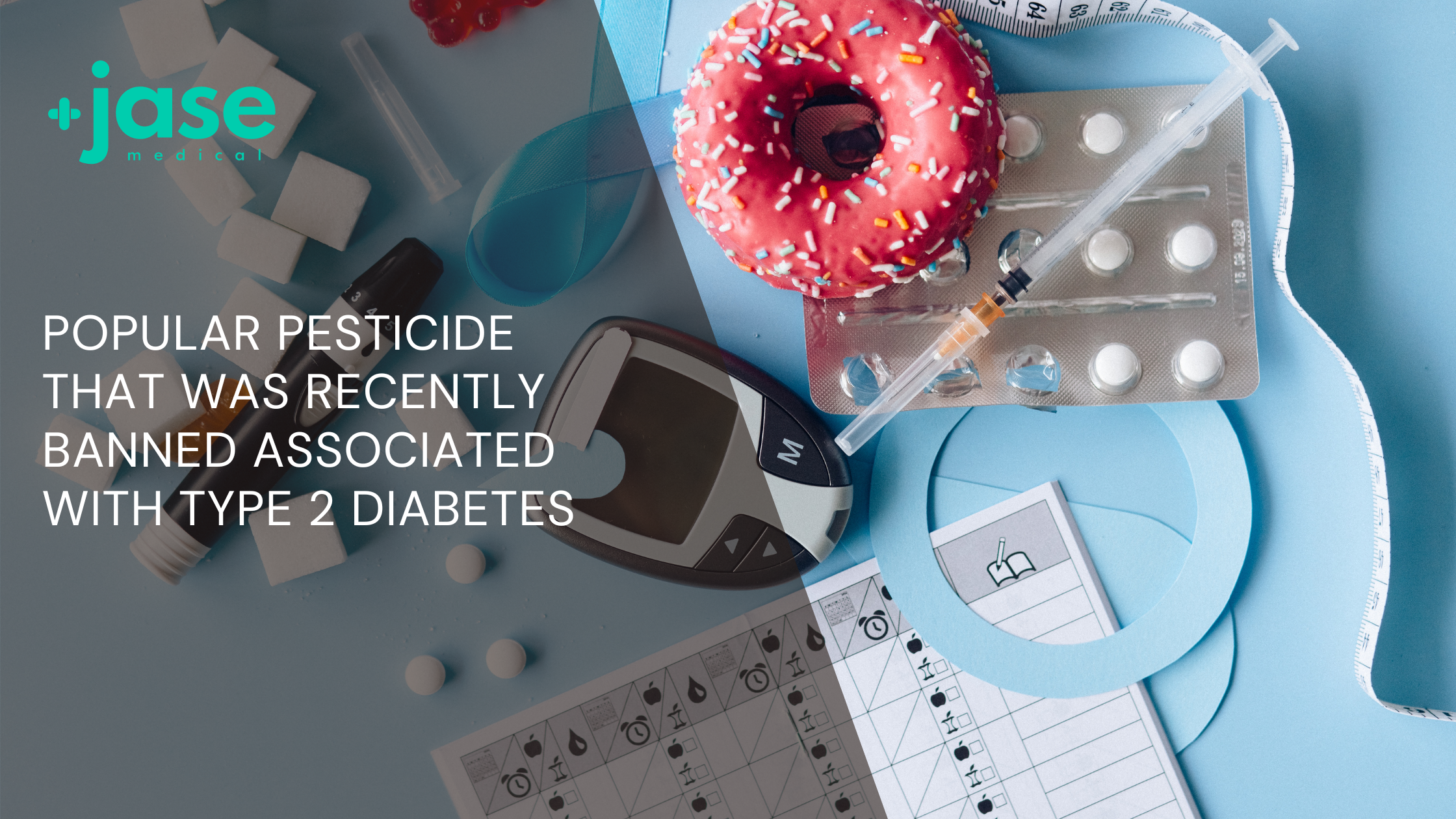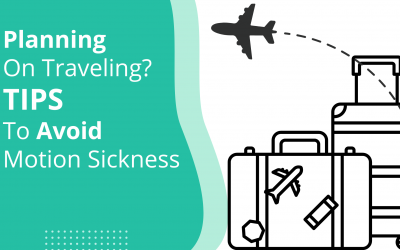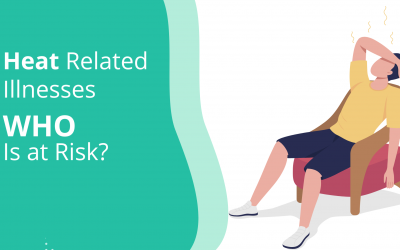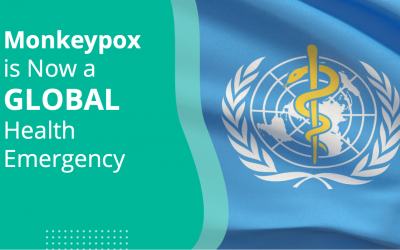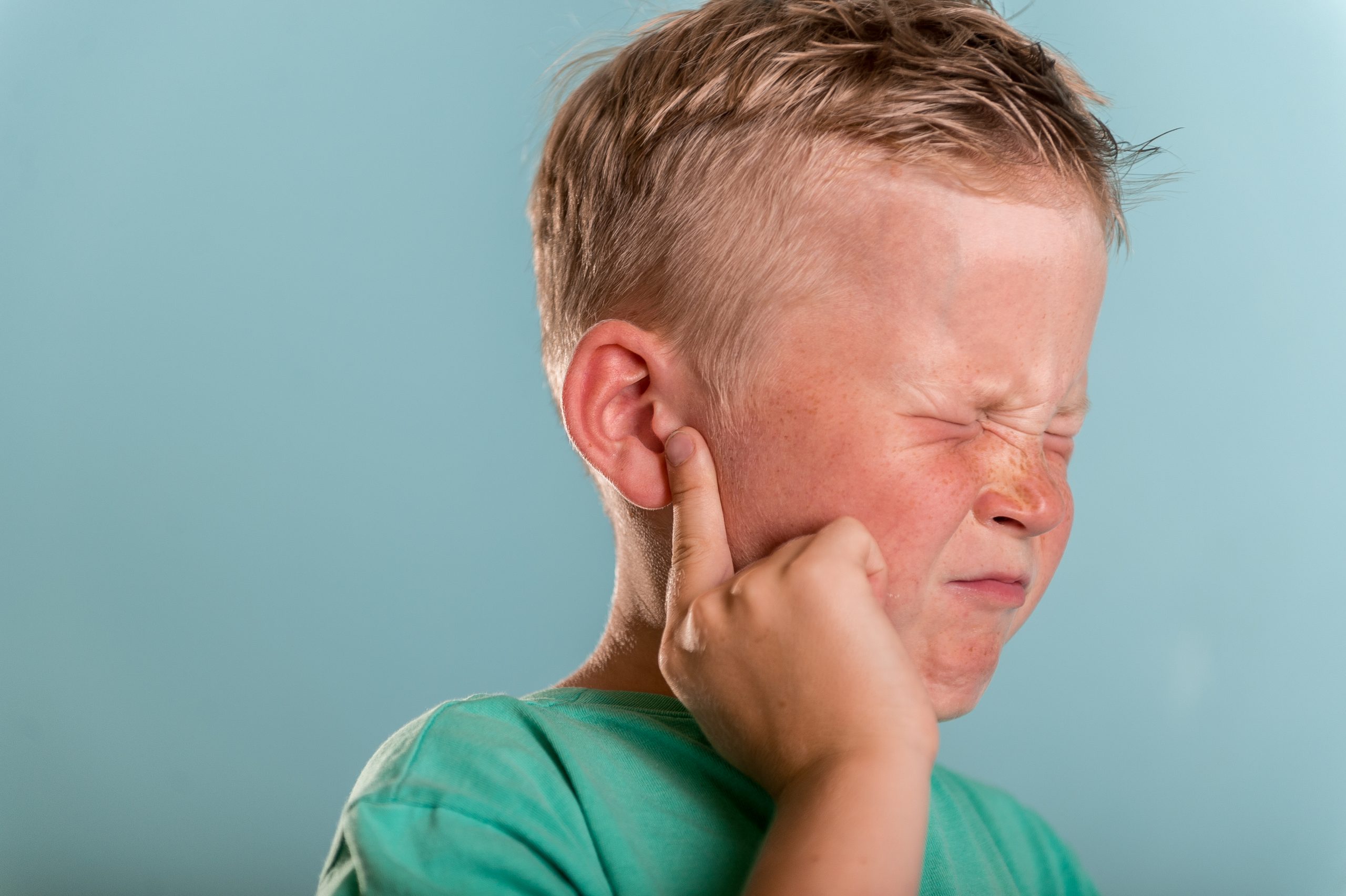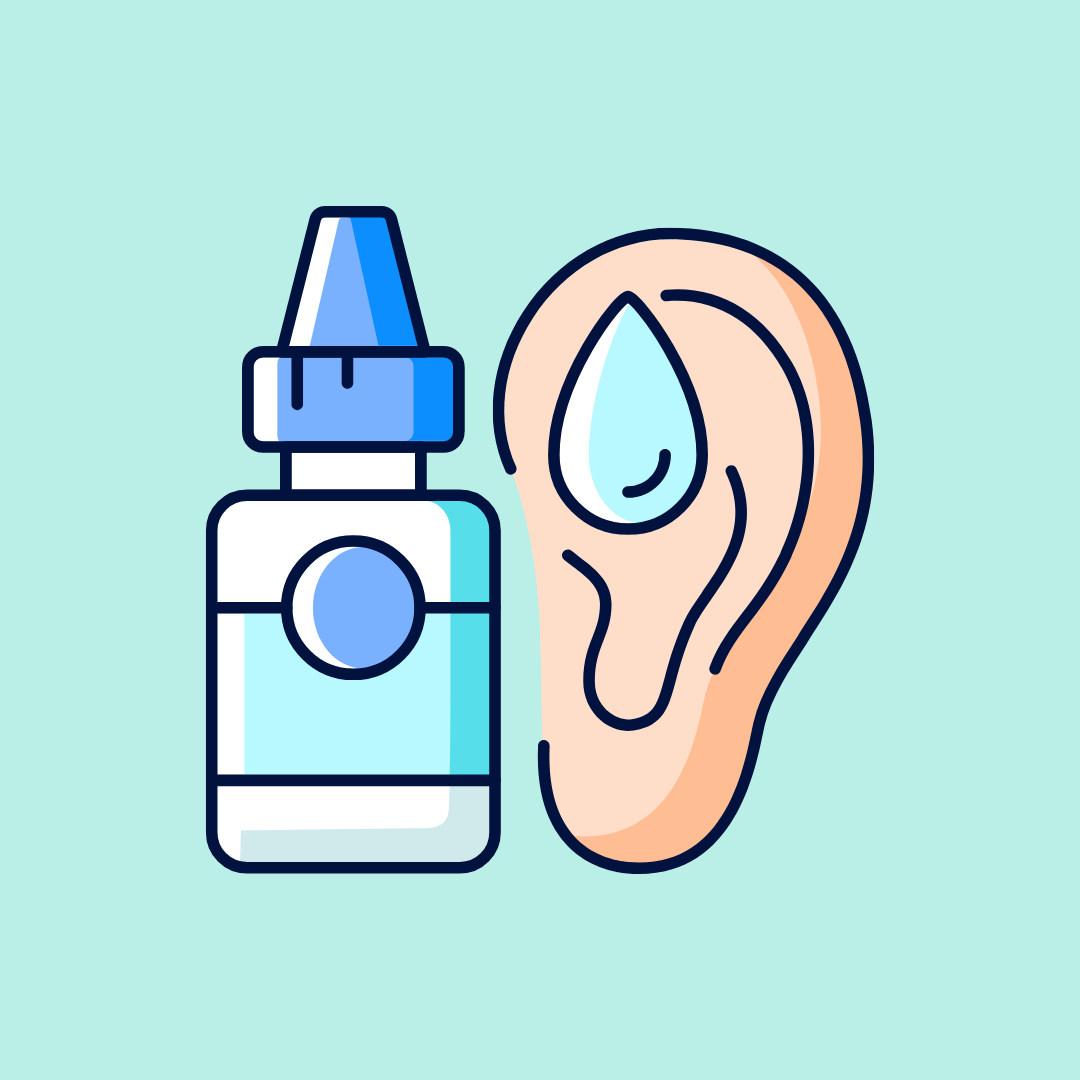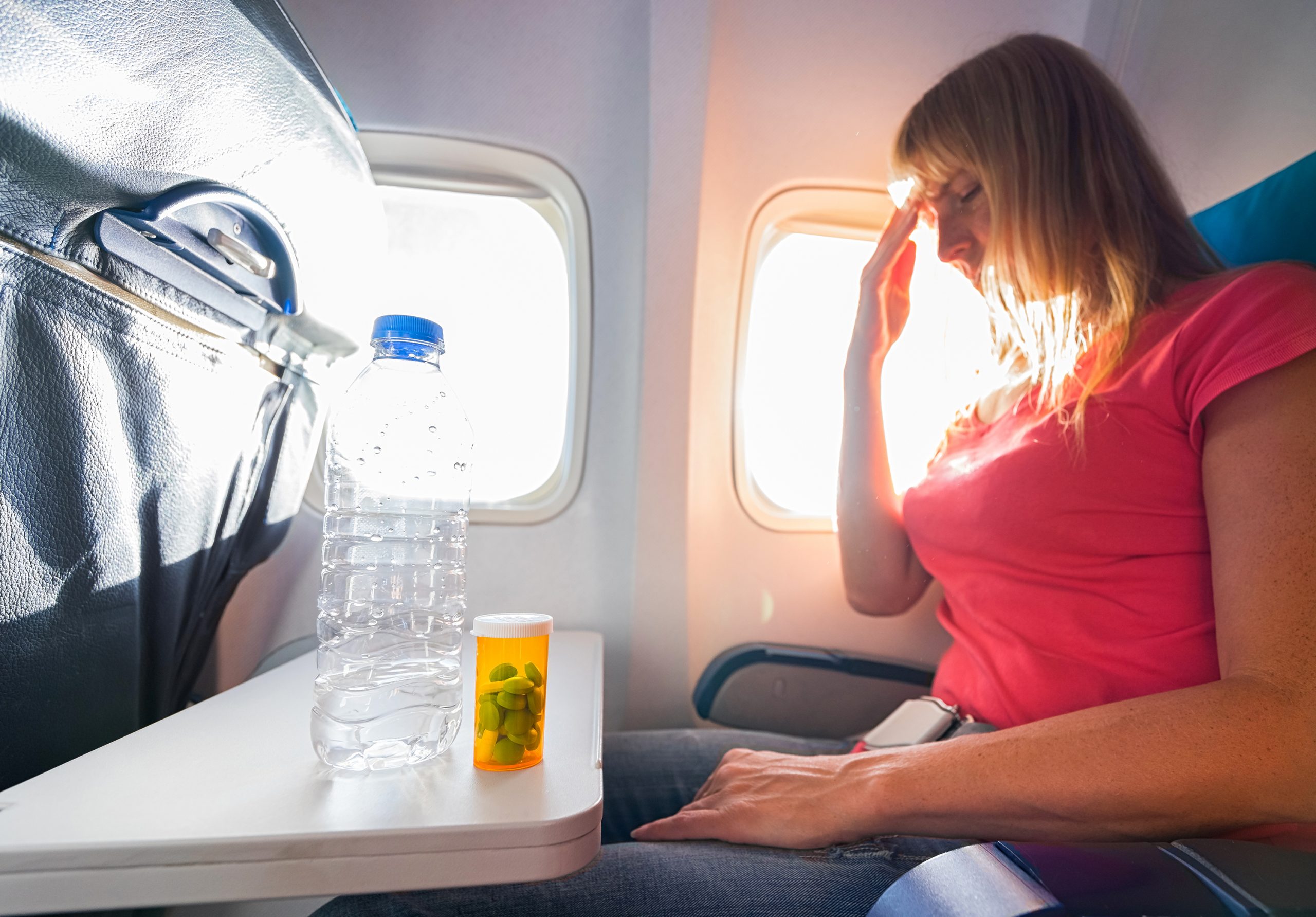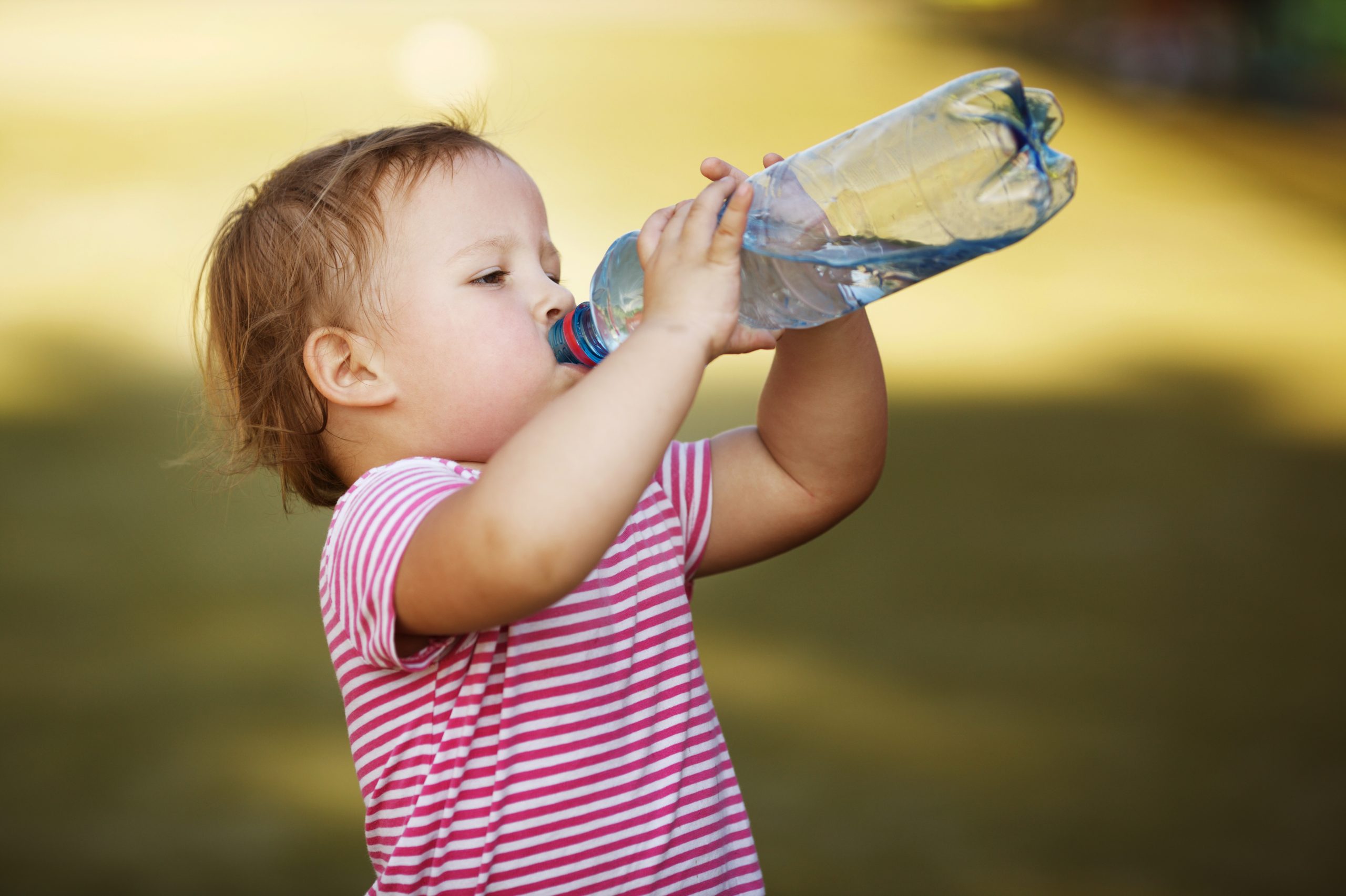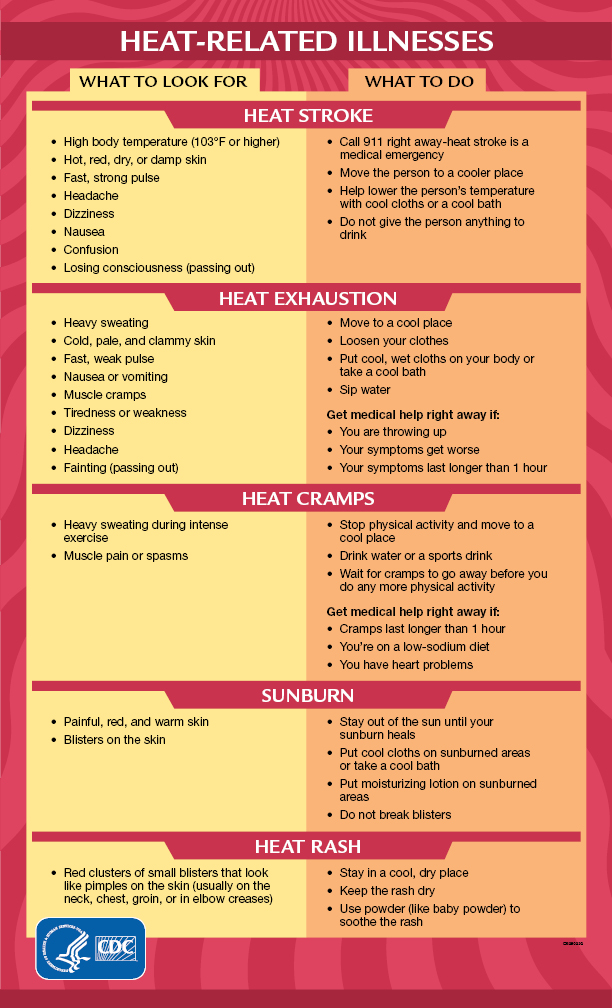Medications can be lifesaving; however, many have unwanted effects. Almost every drug class has medications that can affect blood sugars and even mask high and low glucose levels. From blood pressure meds to inhalers, steroids, antibiotics, antifungals and diuretics,...
Education Series: Back To School

Bedtime Routine
A consistent sleep schedule is essential for children to tackle their day-to-day tasks. With school starting, it has never been more important to cultivate good sleep habits.
The CDC recommends children ages 3-5 years get 10-13 hours of sleep a night, children ages 6-12 get 9-12 hours of sleep, and children ages 13-18 get 8-10 hours of sleep each night. Sleep is critical to help prevent attention or behavior problems, injuries, poor mental health, obesity and type 2 diabetes.
Here are some tips for good sleep and a balanced bedtime routine:
- Set wakeup and bedtimes at the same time (including weekends)
- Remove electronic devices from bedrooms
- Incorporate soothing activities like a warm bath, brushing teeth, and a bedtime story
- Avoid caffeine and large meals before bed
- Keep the bedroom quiet and at a comfortable temperature
- Keep your routine short and sweet
Healthy Snack Ideas
After a long day at school, kids come home ready to eat! Here are a few simple snack ideas that are healthy, quick, and fun:
- Hummus and veggies
- String cheese and pretzels
- Fruit kabobs with dip
- Apple nachos (slice apples, drizzle with peanut butter and sprinkle with chocolate chips)
- Green smoothies
- Trail Mix
- Crackers with cheese slices
- Popcorn trail mix (popcorn, chocolate chips and peanuts)
- Cheese quesadillas
Safety First Mindset
As children are preparing to return to school, parents prep them with the essentials-school supplies, backpacks, new shoes, and new clothes. But one important tool they may miss is a safety first mindset. To help with back to school preparations, here are a few simple safety tips:
- When walking to school use crosswalks, a safe route to and from school, and have them travel in a group
- Wear a helmet when riding bikes or scooters to and from school
- Teach children where pickup and drop-off zones are located
- Dress children in comfortable shoes and clothing for outdoor activities and recess
- Teach children about the danger of strangers and what to do when approached by one
- Invest in a good backpack with 2 workable straps
Yearly Influenza Vaccine
Doctors recommend the yearly flu vaccine for children 6 months old and older. The most crucial time to receive the vaccine is by the end of October before the flu begins spreading in your community. Shared supplies, close contact, extended periods of time together, and limited hand washing make schools the perfect place to spread Influenza. This virus spreads easily and can cause serious illness for young children and people with chronic conditions like asthma and diabetes. There are many benefits to getting the flu vaccine every year – reducing the risk of contracting the flu, reducing the severity of illness in people who are vaccinated and getting sick, reducing the risk of hospitalization associated with the flu, and helping protect people who you associate with.
Separation Anxiety
The transition back to school after summer ends can be a stressful time for both kids and their parents. Here are some tips to help ease your child’s back to school anxiety:
- Visit your child’s school before the school year starts. Rehearsing the drop-off and taking a look at the classroom (if the building is open) can help relieve stress for your child
- Research shows that the presence of a familiar friend during back-to-school transitions can improve your child’s academic and emotional adjustment. Plan a playdate with a familiar peer before school starts
- Plan a rewarding activity for your child that they could earn by separating from parents to attend school
- Validate and acknowledge your child’s worry. Going back to school can be a stressful time! But, like any new activity, starting school can start off as hard but soon becomes enjoyable
Lunch Time Ideas
Keeping meals exciting and nutritious for kids can be a challenge! Packing school lunches can make it an even harder task. A healthy lunch consists of five main components. Milk, fruit, vegetables, grain and protein. Here are a few of our favorite kid-friendly food blogs so you don’t have to hunt them down:
- Weelicious Catherine is mom to 2 kids and studied at The Institute for Culinary Education in Manhattan. Her blog focuses on quick, easy, nutritious recipes that are made using fresh, but minimal ingredients.
- Simple Bites Aimée is a former chef-turned modern homesteader and mom to 3 kids, 2 cats and a handful of chickens. Recipes are easy to prepare and feature unprocessed, seasonal ingredients.
- Teach. Eat. Love.Written by Anne, the blog was created out of her need to find healthy recipes her daughter would eat during the dreaded picky stage. You’ll find allergy-friendly recipes, lunch box ideas – even meals inspired by literature!
Setting Goals
Working towards and achieving goals give your child important skills such as planning, putting in hard work and managing time. Helping your child set goals before the start of the school year is a great way for them to stay motivated and on track. Make sure the goals have a purpose. Having a specific goal with a clear purpose helps to motivate your child. Don’t be afraid to adjust the goal as needed. Perhaps discuss the difference between a short-term goal and a long-term goal. If your child wants to give up, you can remind them of their purpose and cheer them on!
Homework Help
Setting goals and expectations for homework assignments with your child before they go back to school is always important. Setting aside time in the evening to help your child with their homework assignments can create good study habits and with the help of an adult, can motivate them to stay up-to-date on tasks. Try making “homework time” enjoyable for your child. Motivate them with something they can earn, or reward them for completing their homework on time.
Back to school can be a stressful time! Make sure you and your child are prepared before the school bell rings.

Lifesaving Medications
Everyone should be empowered to care for themselves and their loved ones during the unexpected.
Recent Posts
Keeping you informed and safe.
Drugs That Affect Blood Sugar and Hypoglycemia- A Medical Emergency
Medical Preparedness – Diabetes
Do you have an extra glucometer in your supplies? A chronic condition such as diabetes can be life threatening if our fragile medical supply chain is disrupted and medication or supplies to test are not available. Having adequate supplies- an extra glucometer with...
Popular Pesticide That Was Recently Banned Associated With Type 2 Diabetes
(This is part 1 of a series on diabetes, other parts will delve into labs, testing, prevention and management of diabetes) A recent study revealed that Thai farmers exposed to different pesticides found an association between 3 different pesticides and onset of type 2...



